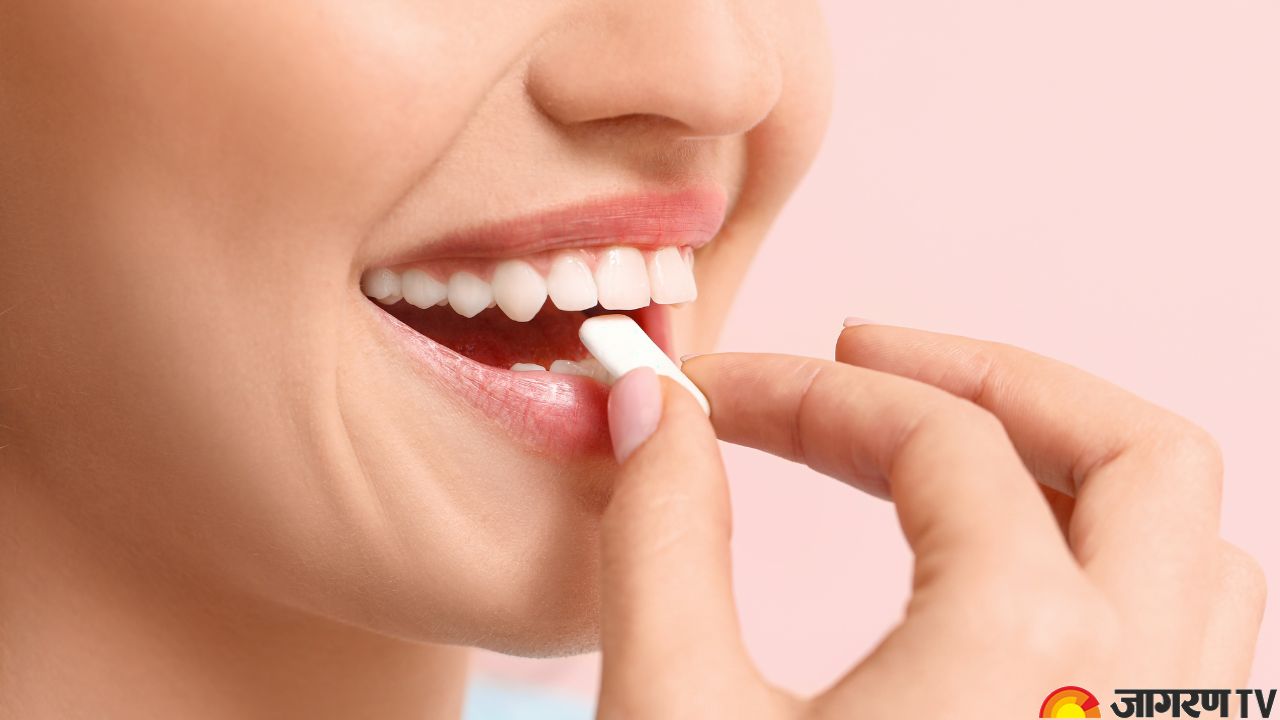Oral Hygiene: Are You Damaging Your Gums While Brushing? Know Proper Brushing Techniques to Maintain Dental Health

The first thing that people notice about you is your smile and having healthy gums is an important element of having a good smile. Improper dental health can lead to gum diseases like Gingivitis and periodontitis, eventually impacting not just your mouth but your entire health. Talking about gum health, the first thing that comes to our mind is brushing our teeth. However, you may be damaging your gums by rigorously brushing your teeth, which can cause visible damage to your teeth and gums. In this case, Proper brushing practices and choosing the right toothbrush are critical components of gum health.
Let us know why brushing properly is essential for gum health, what is the proper brushing technique, and how to select the right toothbrush to prevent gum diseases.
The Importance of Gum Health
Healthy gums safeguard your teeth by holding them securely in place and guarding against dangerous microorganisms. Avoiding gum care can lead to a variety of problems, including gum inflammation, bleeding, and, ultimately, gum disease, which can lead to tooth loss. Brushing properly can help avoid these issues.
Brushing Techniques for Healthy Gums
Choose the Right Toothbrush
The first step is to choose the correct toothbrush. To avoid gum inflammation, use a toothbrush with a soft bristle as hard bristles can be abrasive and cause gum and enamel damage.
Brushing Motion
Brush your teeth in gentle, circular movements. Avoid vigorous horizontal cleaning, which might harm your gums and dental enamel. The objective is to remove plaque and food particles while inflicting no damage.
Proper Angle
Make a 45-degree angle with your toothbrush to your gumline. This helps you to clean along the gumline, which is where plaque likes to build up. Make sure to clean the front and back of your teeth.
Brush for Two Minutes
Brush your teeth for at least two minutes. This ensures that all tooth surfaces are thoroughly cleaned. To assist you in brushing for the prescribed duration, consider utilising a timer or an electric toothbrush with a built-in timer.
Flossing
Flossing is also important for gum health. It cleans plaque and food particles from between your teeth and along the gumline, where your toothbrush cannot. Make flossing a regular ritual.
Clean the Tongue and Roof of Your Mouth
Bacteria can build up on your tongue and the roof of your mouth, causing gum disease and foul breath. Brush or scrape these areas gently throughout your dental hygiene regimen.
Rinse and Spit
Rinse your mouth with water or an antibacterial mouthwash after brushing and flossing. This decreases microorganisms in your mouth even more.
Replace Your Toothbrush
Replace your toothbrush every three to four months, or sooner if the bristles are tattered. Bristles that have worn out are less efficient in cleaning your teeth and gums.
How to Select the Right Toothbrush
Consider the following factors while selecting a toothbrush:
Soft Bristles
To avoid gum inflammation, use a toothbrush with soft bristles.
Size Matters
Choose a toothbrush with a head size that fits comfortably in your mouth and helps you to easily reach all regions.
Manual vs. Electric Toothbrush
When used appropriately, both manual and electric toothbrushes may be beneficial. Electric toothbrushes with timers might help you brush for the necessary amount of time.
Related videos
-
Chewing Gum 101: Unexpected Yet Magical Benefits of Chewing Gum, Know Risks, Oral Health, and ...
-
Oral Care: Hygiene Tips to Maintain Healthy Teeth and Gums For Overall Health ...
-
Blackpink Lisa to join BTS V & Park Bo-Gum in a Private Jet off to ...
-
Bleeding Gums: मसूड़ों से खून आने की समस्या से है परेशान, तो आज़माये ...









